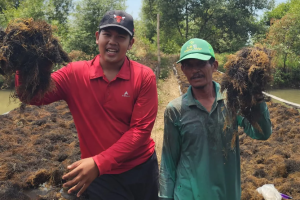Habitat Destruction and Its Impact on Animal Populations
Habitat destruction is one of the most pressing environmental issues facing our planet today. As human activities continue to expand, natural habitats are being cleared for agriculture, urban development, and resource extraction. This destruction has severe consequences for animal populations worldwide. In recent years, reports highlight a dramatic decline in biodiversity due to habitat loss….






